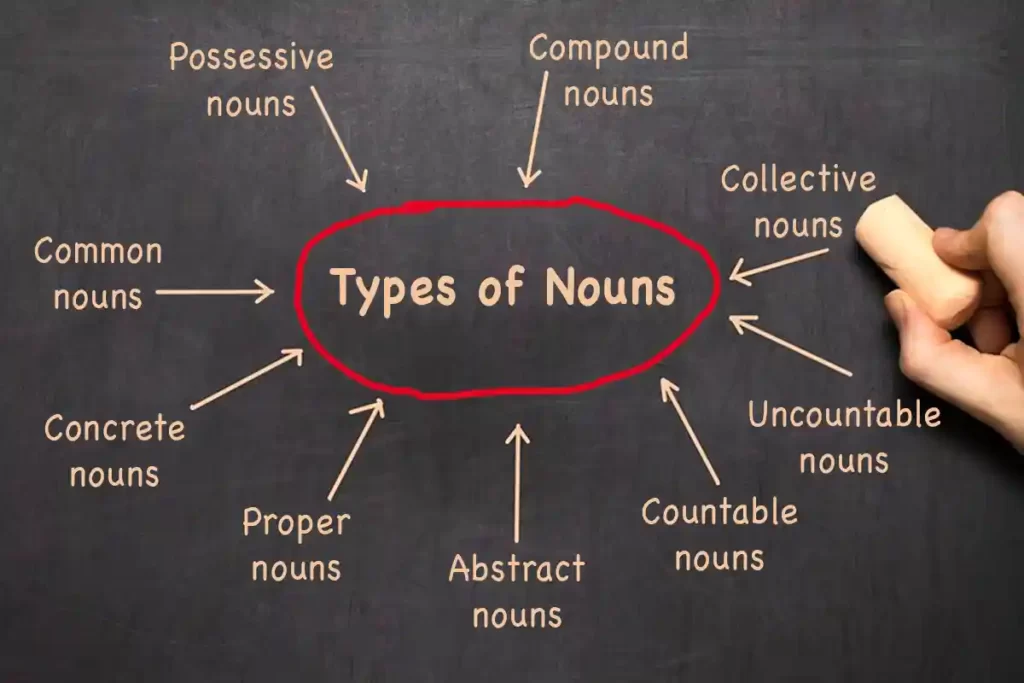
What are Parts of Speech? Examples and Types of Parts of Speech
What are the Parts of Speech in English Grammar? There is so much to the English language! There are carefully crafted reasons behind the vocabulary and the grammar, that is the backbone of a language. This blog will give you some insights on how the English language works and its important features. One of the most important features of the English language are the ‘parts of speech’. Definition of Part of Speech: The parts of speech are the basic grammatical categories that words are classified into based on their functions within a sentence. This might sound like a complex definition, but once you look at the different parts, you can definitely recollect that you would have heard these terms quite often. Why are parts of speech important? The parts of speech are the building blocks of sentences, and understanding their roles helps in constructing grammatically correct and meaningful sentences. They help you give more breadth and meaning to what you would like to convey. Using the different parts of speech effectively, will make your conversations more meaningful. Types of parts of speech: 1. Noun: Noun: A word that represents a person, place, thing, or idea. These are basic objects you might see or things you might feel on a daily basis. Example: dog, city, love, sadness. Example of sentences with nouns: 2. Pronoun: Pronoun: A word that takes the place of a noun. Pronouns are used to make sentences more readable and avoid repetition. For example, if you are talking about ‘a girl’ in a story, then you can refer to the girl as ‘she’ in most sentences instead of constantly saying ‘the girl’ every single time. Other examples of pronouns are: he, she, it, they. Example of sentences with pronouns: 3. Verb: Verb: A word that describes an action or state of being. These show the active state of a person or object. Example: run, swim, dance, skip. Example of sentences with verbs: 4. Adjective: Adjective: A word that modifies or describes a noun or pronoun. These words add breadth to the objects, people or places we are talking about. Example: happy girl, tall boy, red ball. Example of sentences with adjectives: 5. Adverb: Adverb: A word that modifies or describes a verb, adjective, or other adverb, often answering the questions how, when, where, or to what degree. Example: If you ask a question – ‘when do you want this report to be submitted?’ The answer using an adverb could be – ‘as quickly as possible!’ Other examples of adverbs can be – often, very, etc. Example of sentences with adverbs: 6. Preposition: Preposition: A word that shows the relationship between a noun (or pronoun) and another word in the sentence. Suppose we have a ball placed under a table. We would state that as – ‘the ball is under the table’. This shows the relationship between the ball and the table, position wise. Other examples: in, on, under. Example of sentences with prepositions: 7. Conjunction: Conjunction: A word that connects words, phrases, or clauses. Example: and, but, or. An example of a sentence here would be – ‘she really wanted to buy the dress but she didn’t have enough money.’ Example of sentences with conjunctions: 8. Interjection: Interjection: A word or phrase that expresses strong emotion and is often followed by an exclamation point. Example: wow, oh no, hey. An example of a sentence here would be – ‘Oh wow! You look amazing!’ Example of sentences with interjections: Understanding the parts of speech is basic to mastering the way you learn a language. The different parts of speech and connecting elements can bring across strong feelings and opinions when you are verbally communicating, which act as a bridge to convey information and emotions. By recognizing and applying these parts of speech, people can construct grammatically correct and clear sentences. Hence understanding of the parts of speech is an extremely important part of language learning and communication. Skill in identifying and using parts of speech improves language skills, helps effective communication, and lays the foundation for more advanced language-based ideas.






